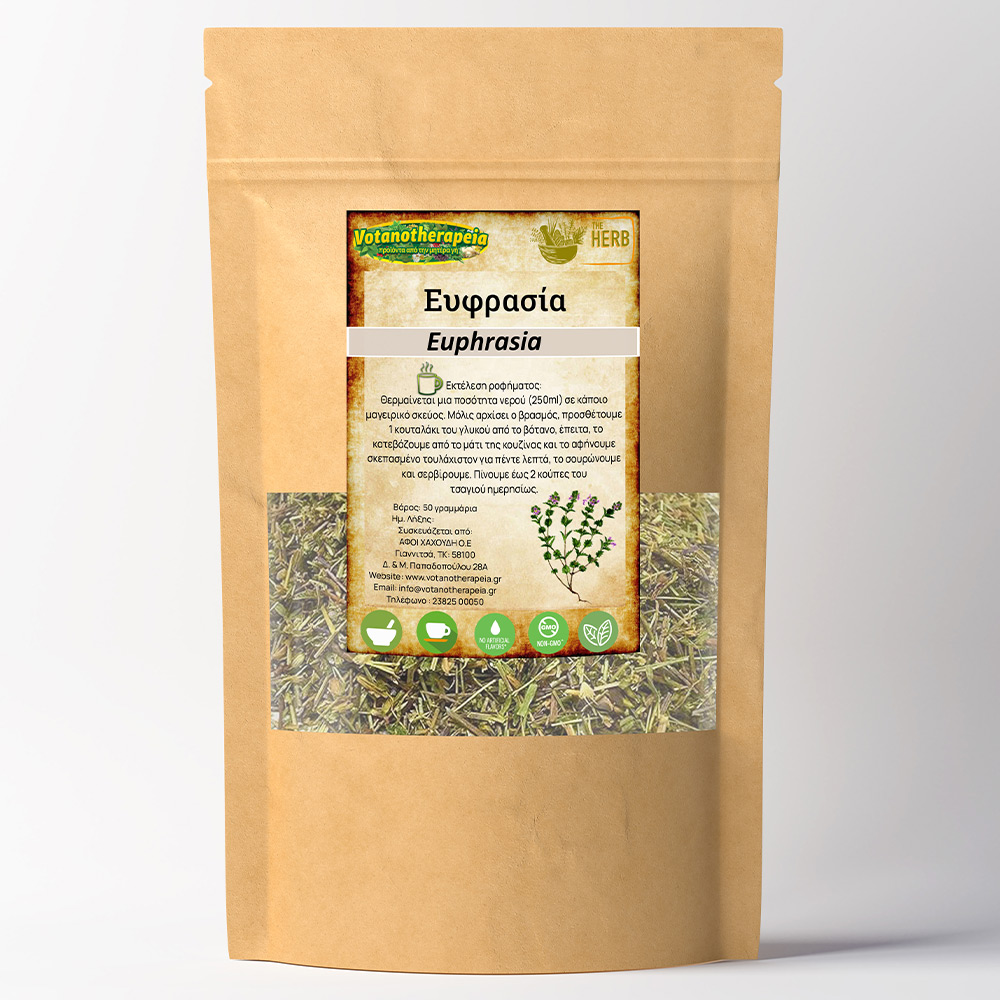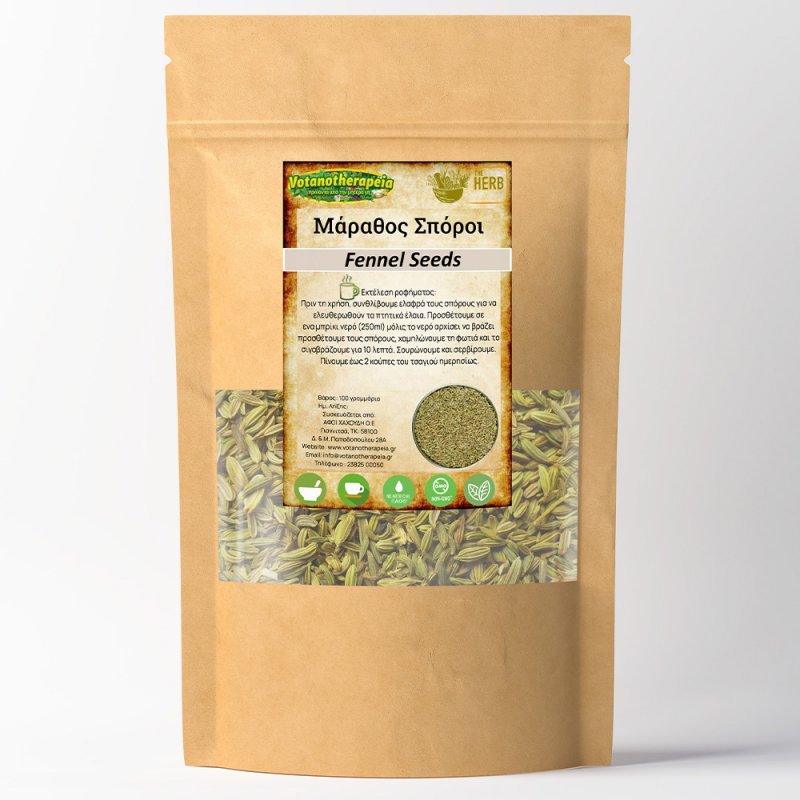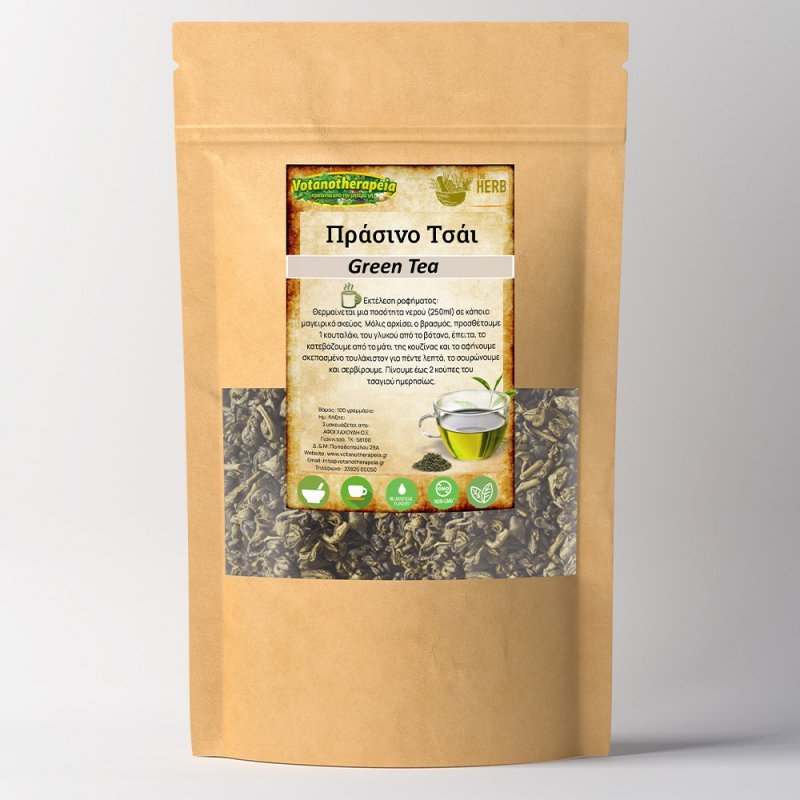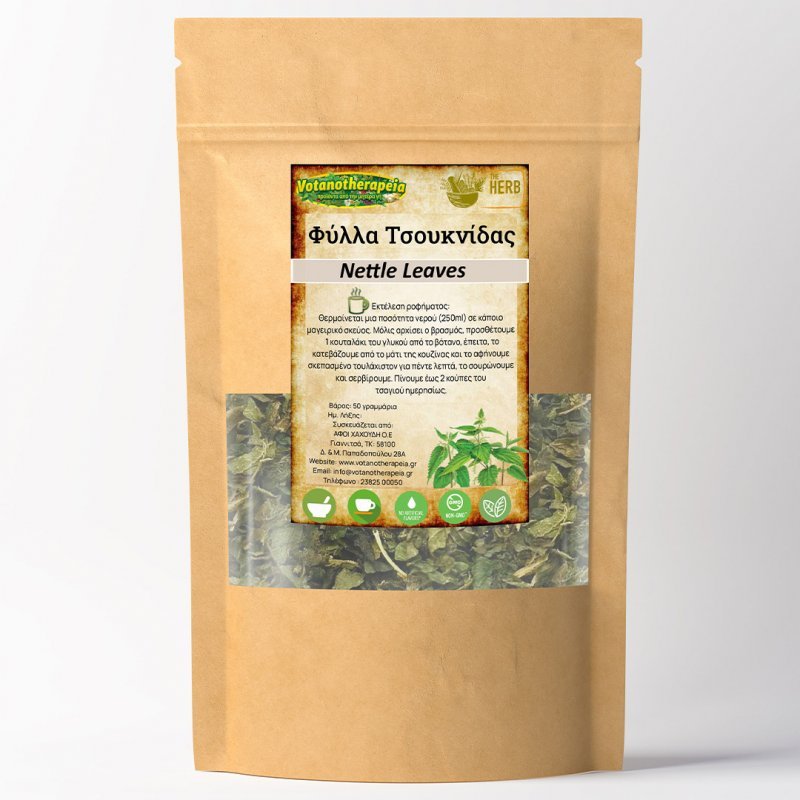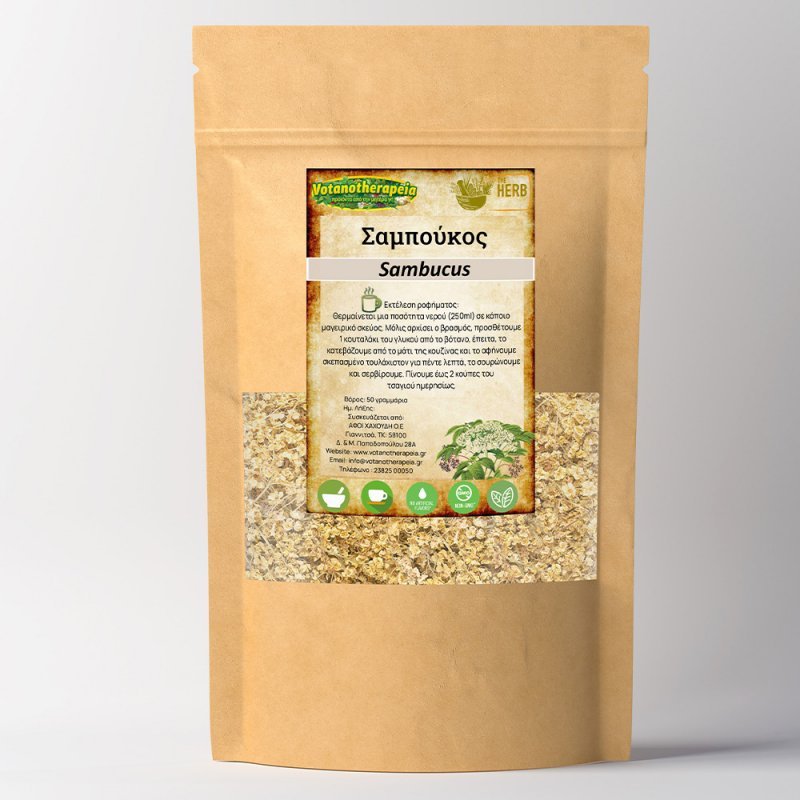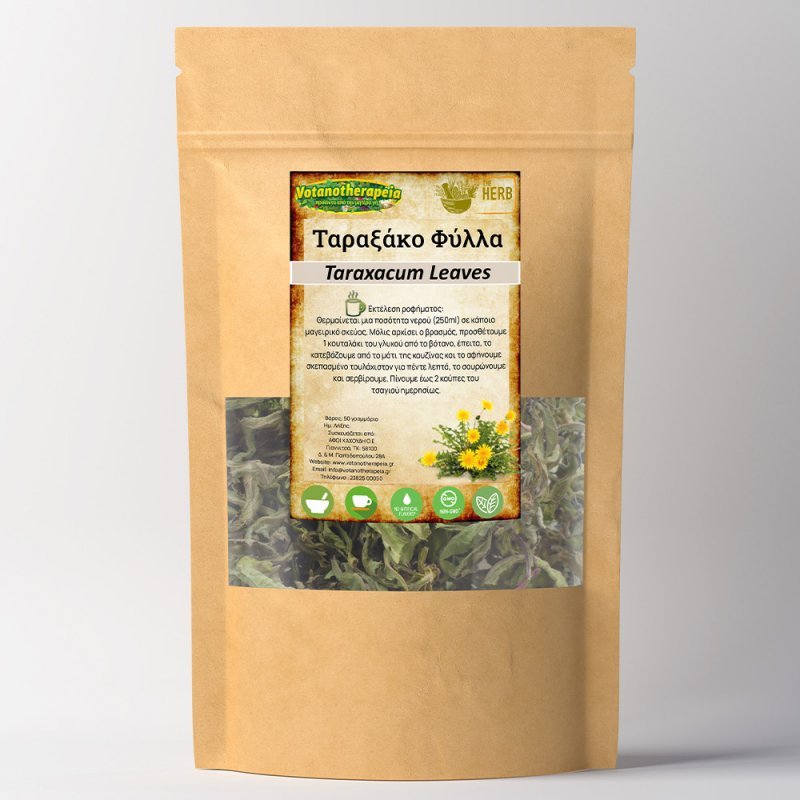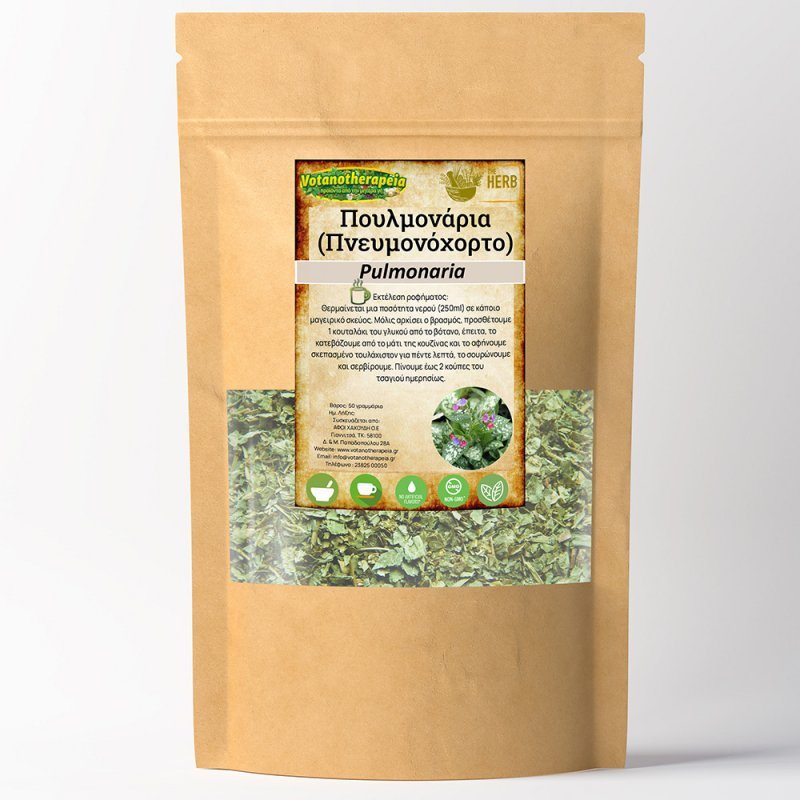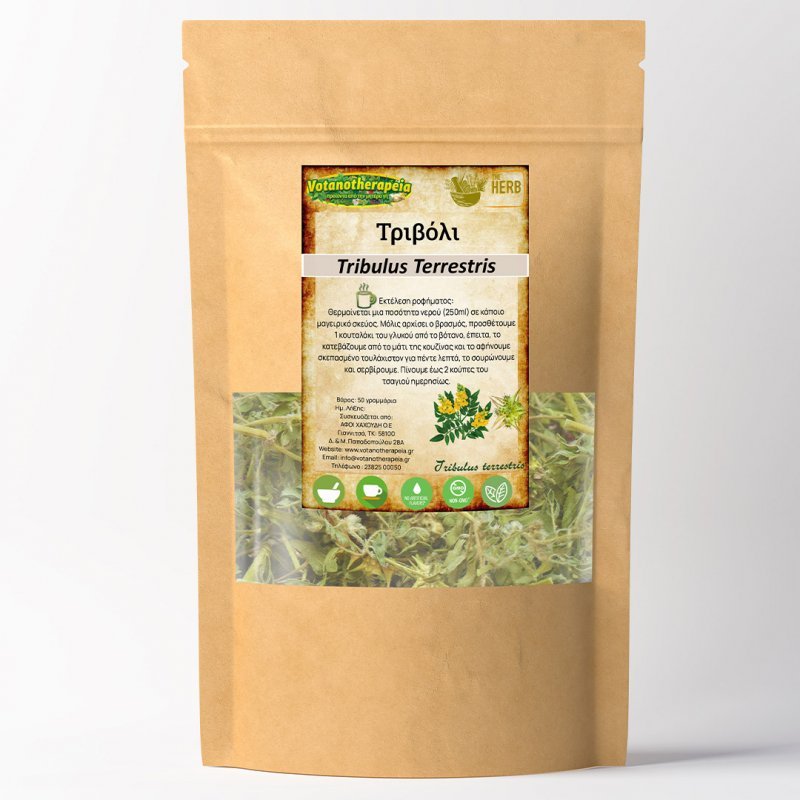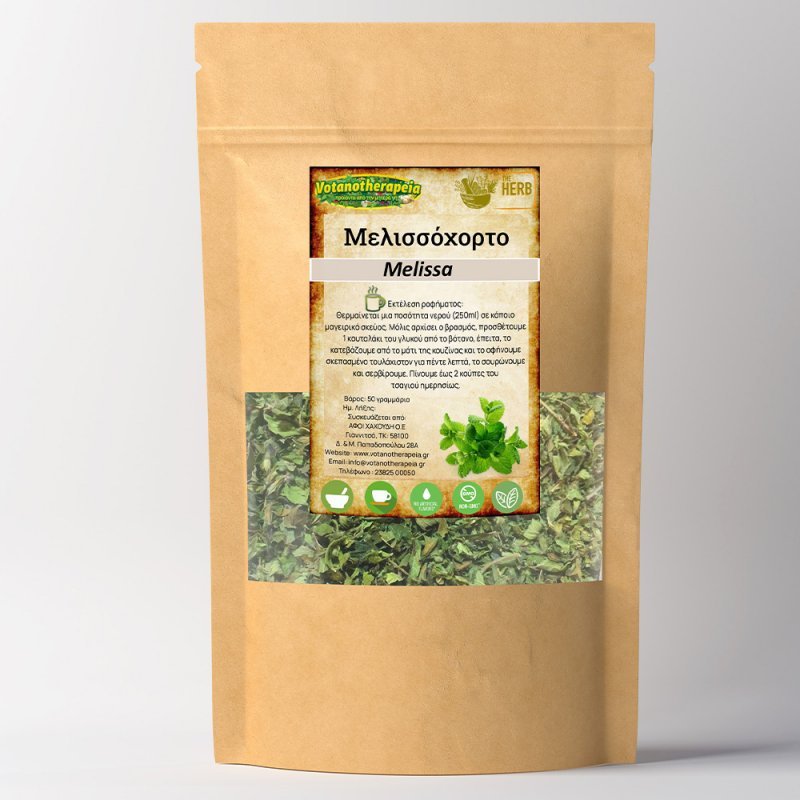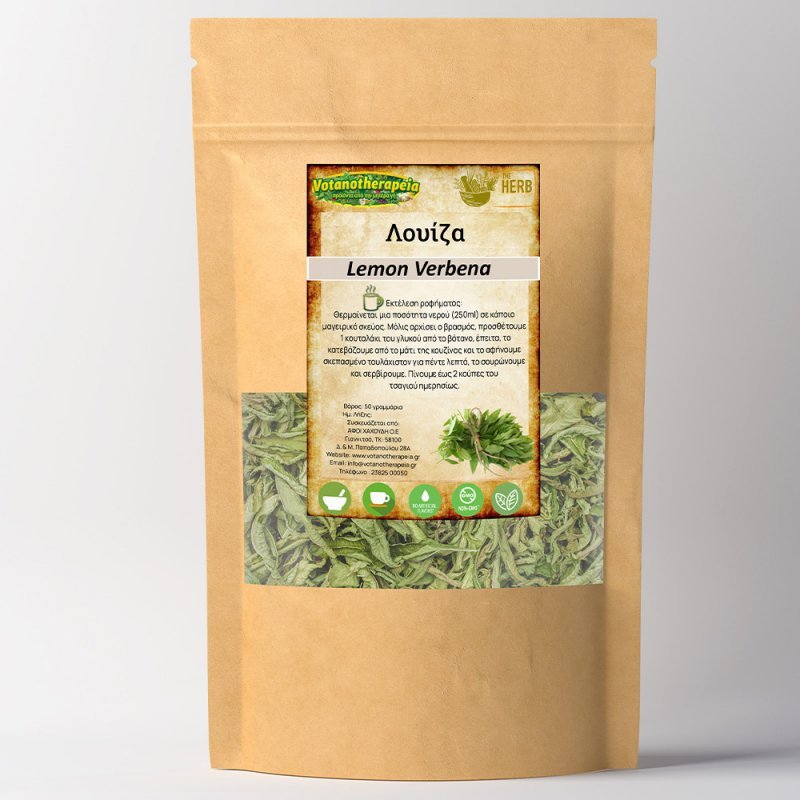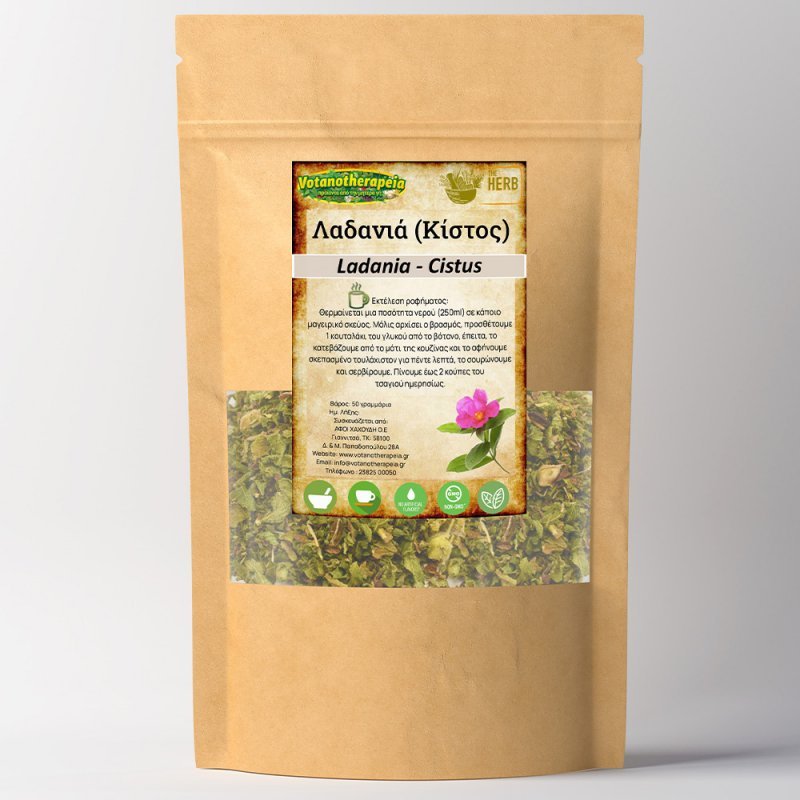The name Euphrasia is derived from the Greek word ‘euphrosyne,’ meaning joy, a reference to its traditional use as an eye cleanser. Highly regarded by Western herbalists, this herb has long been valued as a natural remedy for supporting eye health.
Herbalists have traditionally used Euphrasia as a poultice for treating eye inflammations, such as conjunctivitis, blepharitis, and styes. Additionally, scientific studies have been conducted to explore its potential effects.
Its effectiveness as an eye cleanser is attributed to its antimicrobial compounds, including volatile oils and tannins. Euphrasia is also known to act as a blood purifier and support healthy liver function.
Some suggest that Euphrasia’s cleansing effect on the liver may release stored vitamin A into the bloodstream, which is then directed to the eyes. This process is believed to potentially strengthen eye health.
Euphrasia is traditionally believed to support a wide range of eye-related conditions, includining:
- Inflammation of the Iris (Iritis): May help soothe and reduce inflammation.
- Inflammation of the Eyelid (Blepharitis): Often used as a natural remedy to alleviate symptoms.
- Dry Eyes and Myopia: Provides relief for dryness and may support general eye health.
- Inflammation of the Cornea (Keratitis): Helps in calming irritation and promoting healing.
- Eye Infections: Its antimicrobial properties may aid in managing infections.
- Inflammation of the Tear Duct (Dacryocystitis): Used to reduce swelling and irritation.
- Eye Contamination: Assists in cleansing the eyes of dirt or foreign particles.
- Eye Fatigue: Provides relief for tired or strained eyes.
- Irritation from Prolonged Computer Use: Helps soothe discomfort caused by digital screens.
Warnings
The information provided about the herbs and their properties is sourced from books, botanical texts, and research studies. It does not constitute medical advice or prescriptions in any way.
Consult your doctor if you are pregnant, breastfeeding, taking medication, or experiencing health issues.
- Origin Country :
- Within EU
- Net Weight :
- 50g
Internal Use Instructions: Heat 250ml of water in a cooking vessel. Once the water reaches a boil, add 1 teaspoon of the herb. Remove from heat and cover the vessel, allowing it to steep for at least five minutes. Strain the mixture and serve. For best results, drink up to 2 cups of this herbal tea daily.
External Use Instructions: For compresses, add 1 tablespoon of dried herb to half a liter of water and boil for 10 minutes. Allow the liquid to cool slightly until it is lukewarm. Soak a compress made of cotton, gauze, or muslin in the liquid, gently squeeze out the excess, and place it over the eyes. Leave the compress on for 15 minutes. Repeat this process several times a day for best results.
What is the recommended duration for taking herbs?
According to herbal studies and research, most herbs are recommended for use over a period of about one month. This means they can be taken daily and continuously for one month, followed by a break of approximately 7 days. These cycles of “treatment” can be repeated as often as deemed necessary, always including a 7 day break in between each cycle.
Payment Methods & Shipping Costs for Orders Delivered Within Greece (Courier Center & BOX NOW)
Free Shipping on Orders Over €60! For orders over €60, shipping and cash-on-delivery fees are completely free!
This offer applies only to deliveries within Greece.
1. Payment via Cash on Delivery (Courier Center)
For those who prefer to pay upon delivery, we offer a cash-on-delivery service via Courier Center:
Shipping Cost: €3.00 , Cash-on-Delivery Fee: +€1.50 The Total Cost: €4.50
For orders exceeding 2kg, an additional charge of +€1.00 per extra kilo applies. Cash on delivery is not available for BOX NOW.
2. Payment via Debit/Credit Card & IRIS Payment (Courier Center & BOX NOW)
For a secure and seamless checkout experience, you can pay via VIVA WALLET using:
Shipping Cost with Courier Center: €3.00. Shipping Cost with BOX NOW: €2.50. For orders exceeding 2kg, an additional +€1.00 per extra kilo applies to Courier Center shipments. With BOX NOW, the shipping cost remains fixed regardless of weight.
3. Payment via PayPal (Courier Center & BOX NOW)
Shipping Cost with Courier Center: €3.00. Shipping Cost with BOX NOW: €2.50. For orders exceeding 2kg, an additional +€1.00 per extra kilo applies to Courier Center shipments. With BOX NOW, the shipping cost remains fixed regardless of weight.
Shipping & Payment for Orders to Cyprus (Courier Center)
For orders shipped to Cyprus, we use Courier Center’s express air mail service for fast and tracked delivery: Shipping Cost: €15.00 (for orders up to 2kg) For each additional kilo: +€4.00 Estimated
Payment Options: Debit/Credit Card, IRIS Payments & PayPal
*Delivery Time: 1-4 business days (depending on product availability)
Shipping & Payment for Orders to the Rest of Europe (DHL Economy)
For international orders within Europe, we ship via DHL Economy for reliable and fast delivery: Estimated Delivery Time: 7-8 business days.
Payment Options: Debit/Credit Card, IRIS Payments & PayPal
To check your exact shipping cost, simply add your desired products to your cart, proceed to checkout, and select your country. Our system will automatically calculate the shipping fee based on the total weight of your order.
We ensure secure transactions, fast shipping, and premium service for all our customers!
Share your experience!
Write a review and significantly help other users! In order to review this product, having an account on our website is a prerequisite for submitting a review.



